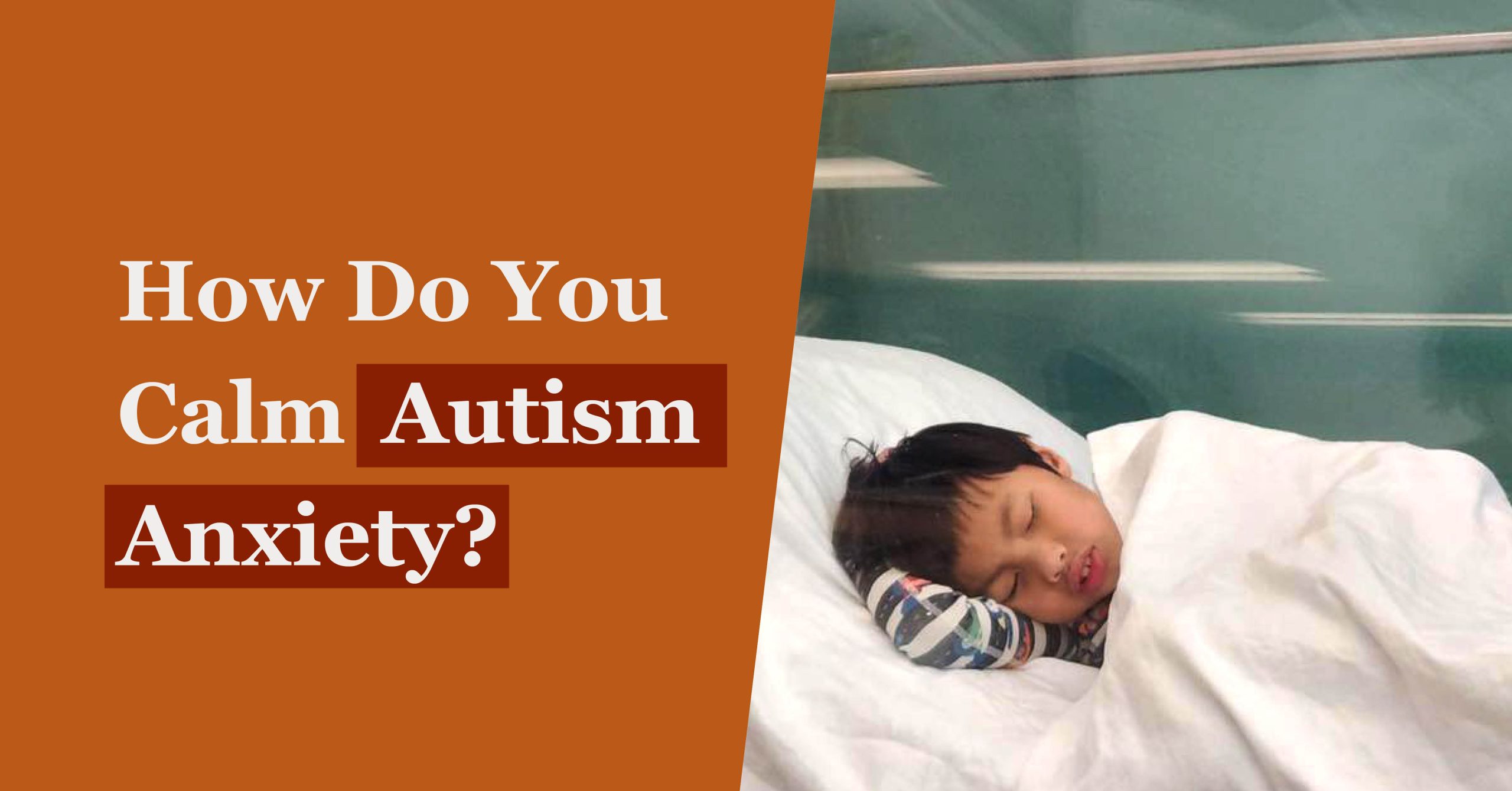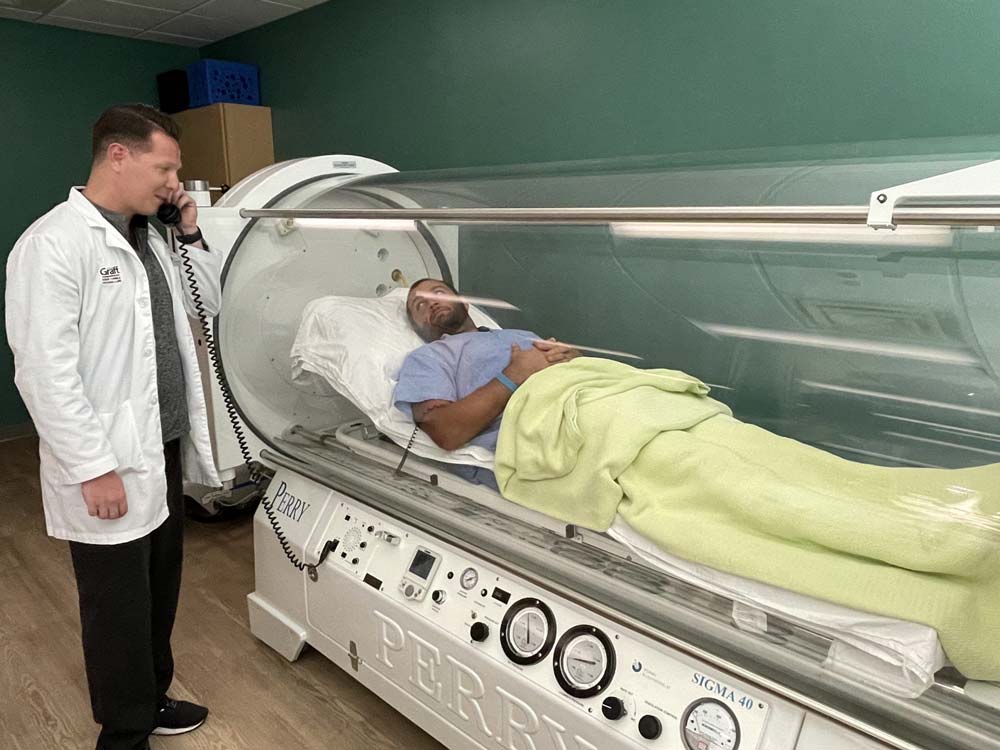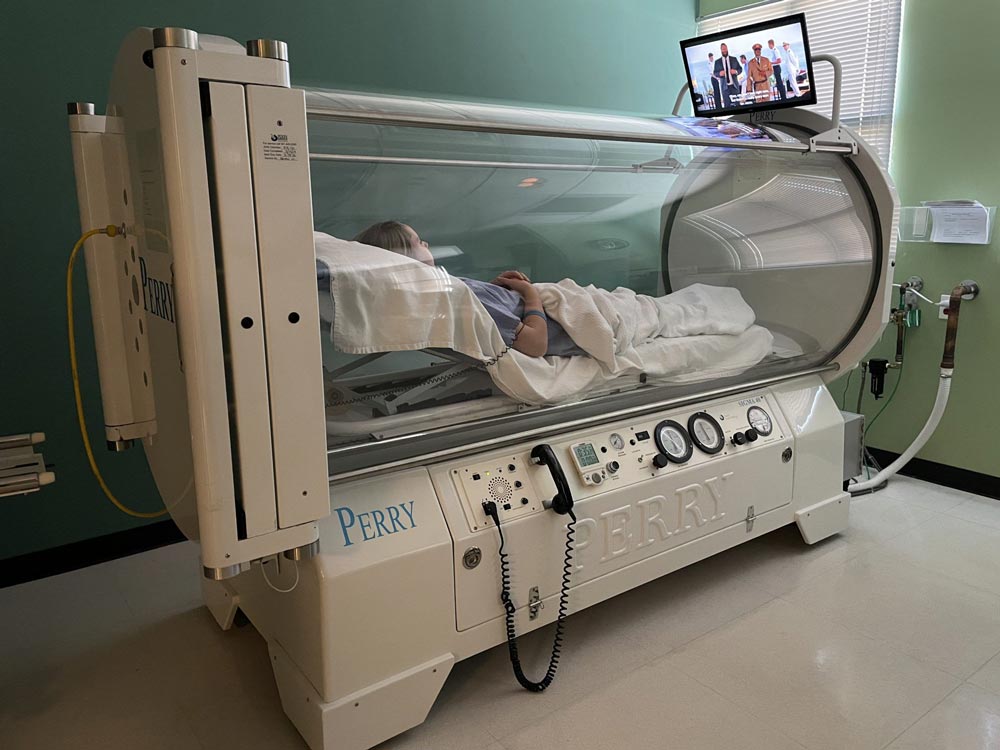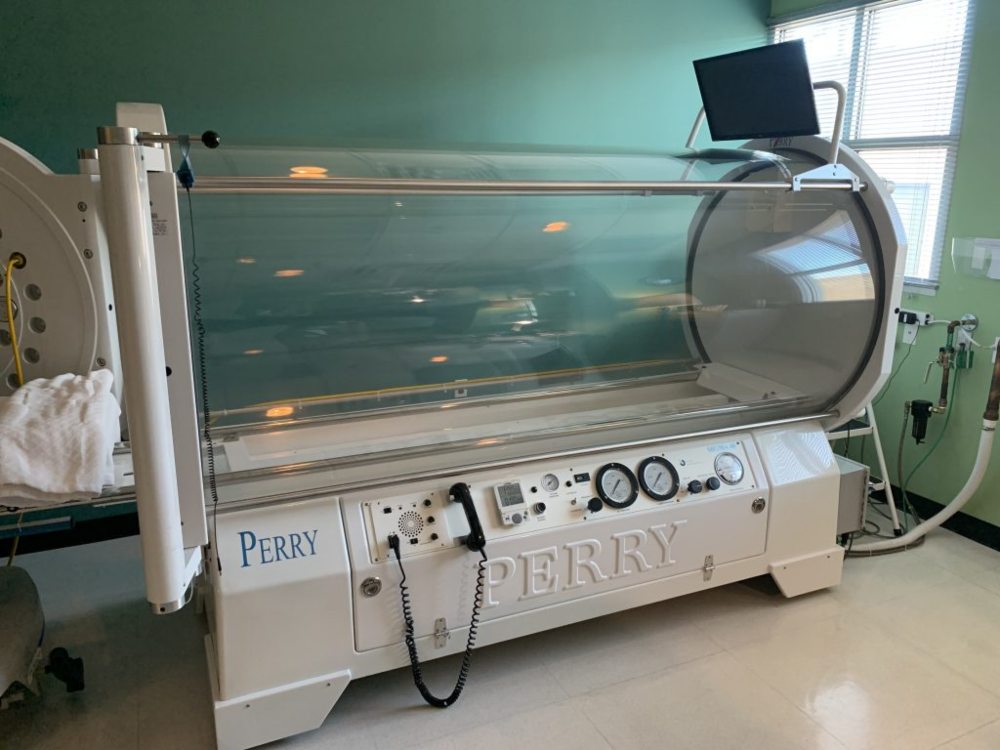Autism anxiety is a challenging aspect of daily life for many individuals on the autism spectrum and their families. However, various strategies and therapies are available to help manage and reduce anxiety. Here’s a look at some effective approaches worth trying.

Sensory Integration Techniques
Creating a sensory-friendly environment is the key to reducing anxiety in individuals with autism who struggle with sensory overload. Sensory integration techniques involve establishing routine activities that support self-regulation throughout the day. Here’s what to try:
- Schedule quiet time to prevent a busy day’s activities from becoming overwhelming.
- Create a portable sensory toolbox with fidget toys to help your child focus and get through stressful situations.
- Set aside a safe space where your child can calm down and regroup when they experience sensory overload.
Psychological Therapy
Many psychologists suggest enrolling children on the autism spectrum in therapy. A range of approaches are available:
- Applied Behavior Analysis (ABA) is a therapy based on understanding and improving social, communication, and learning skills through positive reinforcement.
- Cognitive Behavioral Therapy (CBT) helps children develop skills to adjust their thought patterns in situations that make them anxious.
- Exposure Therapy gradually and systematically exposes individuals to situations they find anxiety-inducing. The goal is to help them become less sensitive to these triggers over time.
Deep Pressure Stimulation
Weighted wearables, compression garments, and weighted blankets can provide comforting proprioceptive input, a sense that tells you where your different body parts are. This deep pressure stimulation (DPS) has shown positive effects in reducing anxiety among kids with autism, offering the same security and calmness that comes from receiving a hug.
Mindfulness and Relaxation Techniques
Relaxation training is effective for managing anxiety. Simple strategies such as counting to 10 slowly, taking deep breaths, or performing formal deep breathing exercises calm the mind and body. Mindfulness practices, including meditation and visualization techniques, also reduce stress and anxiety.
Social Stories and Visual Supports
These tools are helpful when preparing your child for situations that might cause anxiety. They provide clarity, remove scary unpredictability, and offer a sense of control over an upcoming event or change in routine. Use visual supports to show all the happenings in one day or the steps involved in a specific activity. Then, tell social stories to illustrate details about a setting, what typically happens in that setting, and the behavior you expect from your child while there.
Hyperbaric Oxygen Therapy
Hyperbaric oxygen therapy (HBOT) is an innovative approach to treating autism. Studies show, that Hyperbaric Oxygen Therapy normalizes sleep patterns and alleviates gastrointestinal patterns. HBOT has shown promising results in improving communication skills, reducing sensory sensitivities, enhancing social interactions, and regulating behavior. It may also increase attention and focus, and support neuroplasticity.
Partner with Baromedical Associates, LLC
Baromedical Associates, LLC, is pioneering hyperbaric oxygen therapy for autism. Our commitment to providing advanced and effective therapy is evident in our use of FDA-approved, single-person hyperbaric chambers, ensuring a personalized and private treatment experience. Known for our expertise in treating kids, we are uniquely qualified to assist your child on the autism spectrum with their anxiety. To begin your journey toward better autism management, please contact us today or find a location near you in the Dallas Metro area.







